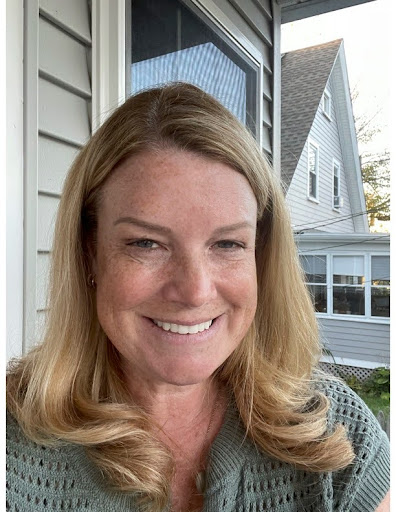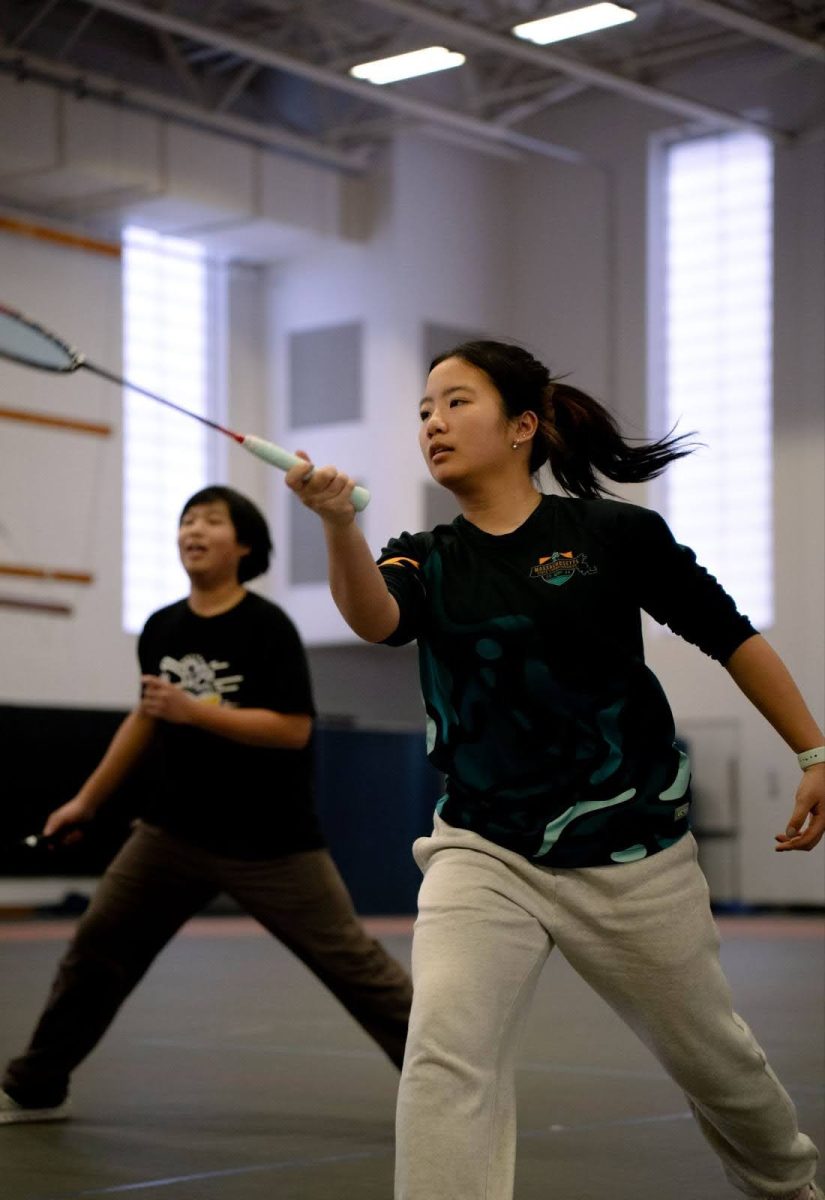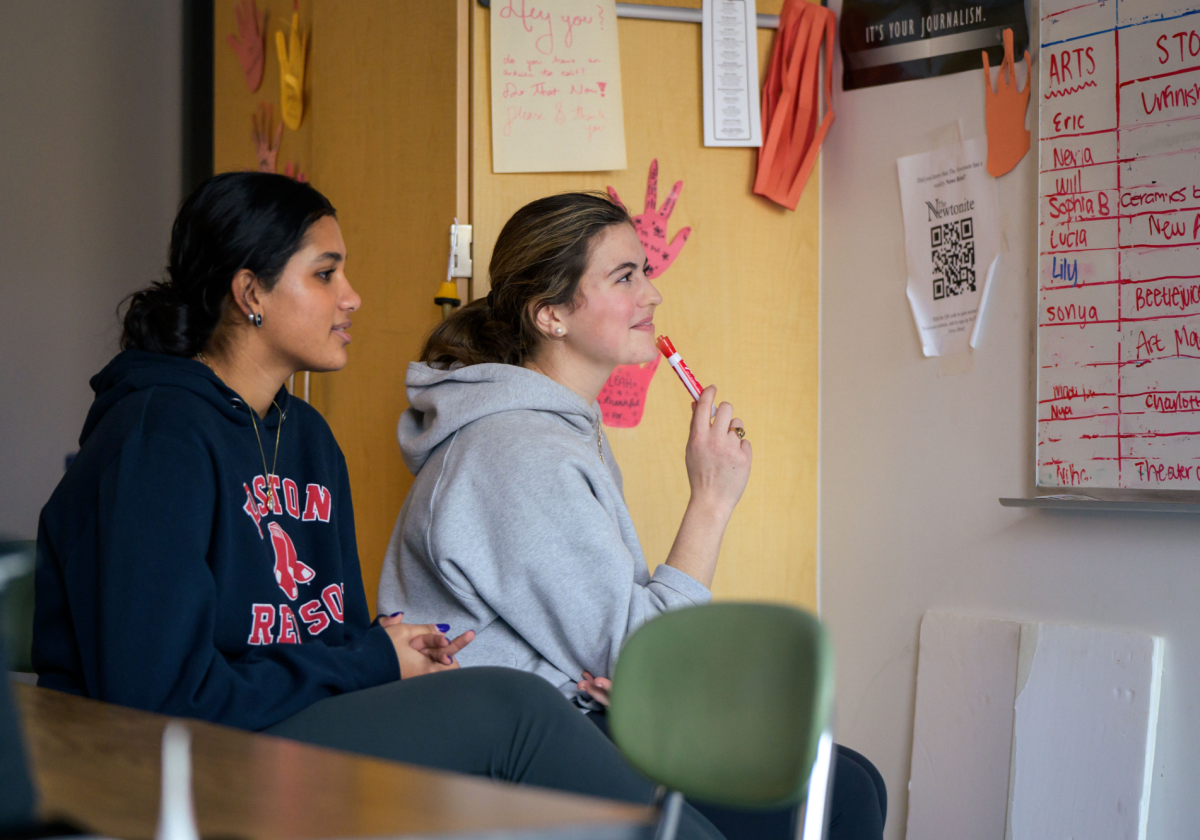Each year’s first day of school brings students a fresh schedule with new classes and teachers, who each have their own unique way of running the classroom. This transition can be incredibly stressful as students have to learn all over again what each teacher requires from them and which tasks should accordingly have the highest priority in their workload.
This school year, North’s Faculty has begun investigating why they grade, what the purpose of grading is, and what grading practices most aid learning to understand why each teacher’s grading practices were the way they were.
“It makes it hard to see how well you’re doing,” said junior Asha Gopinath. She added, “It’s weird to see ‘mastery’ and ‘B’ and ‘meeting expectations’ and recognize that they all mean the same thing.”
The need for students to adapt to the norms of new classes is only compounded by the variability in how North’s teachers calculate and weigh their students’ grades. In many ways, faculty began investigating why they grade, what the purpose of grading is, and what grading practices most aid learning to understand why each teacher’s grading practices were the way they were.
North has a grading committee run by teachers and chaired by English teacher Derek Knapp and Science Department Head Heather Hotchkiss. This committee shares strategies they use when grading to give ideas to other teachers.
The committee was formed three years ago and did initial research on grading practices to create a vision that has guided the school’s work since “the vision is moving towards grading practices that ensure grades are a reflection of what students know and can do, and are responsive to student growth,” said Hotchkiss.
According to Principal Henry Turner, North staff started targeting these problems after the pandemic. At the time, “there were some disparities in terms of how students were performing from a grade perspective,” he said.
Since then, staff have been through professional development focused on grading practices, with a goal of growing consistency in those practices and mitigating grading bias, which is the individual focus a teacher has on certain parts of a grade, such as participation.”
During these professional developments, staff learn about the best grading practices in different ways, such as listening to speakers or doing book studies on grading. For example, according to Turner, a presenter is coming in later this year to discuss assessments.
One main focus is finding ways to demonstrate how students grow academically over time and give that growth the value it deserves. This can look like different things. Teachers may give different assessments or assess the same skill differently. Another focus is moving away from putting a grade on behaviors, for example, having a participation grade.
“When I first came, grading wasn’t even in the conversation, and now people are talking with one another. They’re being reflective about how the practices line up against our vision, and I think that is a huge progress,” said Hotchkiss. She added, “As a school, we have a better understanding of why that vision is important. I think you will still see a very large spread of grading practices across the school, but I think there is a lot of progress because we’re building an understanding of what we’re working towards.”
However, large disparities in the way different teachers grade remain.
“From what I can tell, most teachers seem to create their own materials based on the curriculum, so there’s already a difference in coursework resulting in differently organized tests,” said Senior Parker DeVeau. “I’ve heard of teachers who are considered ‘harsh graders’, and teachers who are ‘easy graders’ and it is typically known that your coursework and grade can rely heavily on which teacher you get. However, I have noticed some departments seem to operate with the same grading system, or even the same tests, albeit moved around and changed slightly. But for the most part, the weighing, the grading, the difference in coursework resulting in differently organized homework and tests, and the teaching itself falls on the teacher,” she added.
When speaking specifically about school-wide policies surrounding retakes, of which there currently are none, Turner said, “We are having a lot of conversations around that so that teachers have the best information on how to implement it if they are going to.” This idea can be applied to how grading practices are currently being discussed. While there are no overarching policies, the current task is to provide as much information as possible so that teachers can make educated decisions.
He added, “There has been a lot of collaboration that’s been happening over the last several years so there’s a lot more consistency in what people are doing in a course.”
Many teachers use their understanding of individual student circumstances, instructional experience, and perceptions of equity, consistency, accuracy, and fairness to make professional judgments instead of solely relying on a grading algorithm. This suggests that grading practices vary within a single classroom, just as it does between teachers, and that this is valued at least by some teachers as a needed element of accurate, fair grading, not a problem.
Math teacher Shawn Wallace has been working at North for 21 years and has seen firsthand the efforts that have been made to converge different grading practices. At the beginning of his teaching career, collaboration between teachers regarding grading practices rarely occurred. “When I first came here, I followed some teachers and did what they did,” said Wallace, who added that “my grading practices were similar to the ones I grew up with. Teachers would give quizzes and tests and check homework and that was how my grade was determined.”
Since then, the rhetoric has changed, “as a school, I think what is great is that we have come up with ways in which we can share ideas about grading practices about what works and what doesn’t,” said Wallace, adding that “from a math perspective, I meet with our math team and we’ll talk about quizzes, tests, and graded homework and how we would grade them when we give common assessments.”
This work and collaboration on grading raises an important question- What do teachers and students think their grades mean?
“It is really good because you’re doing it from a student-centric perspective,” said Wallace.
Teachers and administrators have worked to make changes to grading practices at North, but the common sentiment of students is still that weights and percentages are completely inconsistent.
“For some of my courses, the teachers seemed to be very in sync and aligned in the way they graded. For others it seemed like some had different expectations or were just harder graders,” said Senior Kate Urdunetta.
A review of a sampling of various syllabi show similar results to what students are feeling. For example, in one AP Language and Composition course, major assignments, such as end-of-unit essays, are worth 60 percent while in another they are worth 70. In one honors Math course, grades are done on a points system, where different kinds of assignments are worth different amounts of points, and in another assessments are weighted at 80 percent of the course grade.
On the other hand, grades within certain courses are identical across different classes taught by different teachers. For example, across two different AP U.S. History courses, assessments, and papers are weighted as 100 percent of the final grade, and across three different honors Biology courses, larger assessments are 70 percent of the grade, labs 20, and smaller formative assignments 10. Existing disparities may seem small, but they can compound to create large differences in students’ grades.
Students may not notice much of the work behind the scenes, with changes in grading practices across the school being inconsistent. However, the work of teachers is far from over. According to Turner, the end goal is to “have an agreed upon list of grading strategies, that we as a faculty, believe are in the best interest of our students” from which “teachers then choose ones that are relevant for their classes.”
According to junior Jodie Mendis, “The inconsistency between classes and the expectations that teachers have can make it difficult for students to understand a teacher’s specific requests.” She added, “the standards for one teacher can be so different compared to another and it’s unfair for students to be expected to remember the requirements each teacher has.”











































